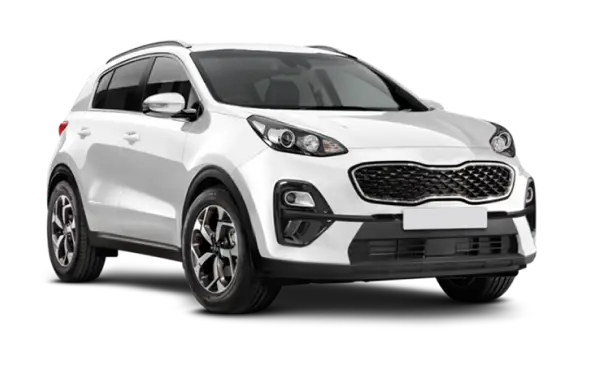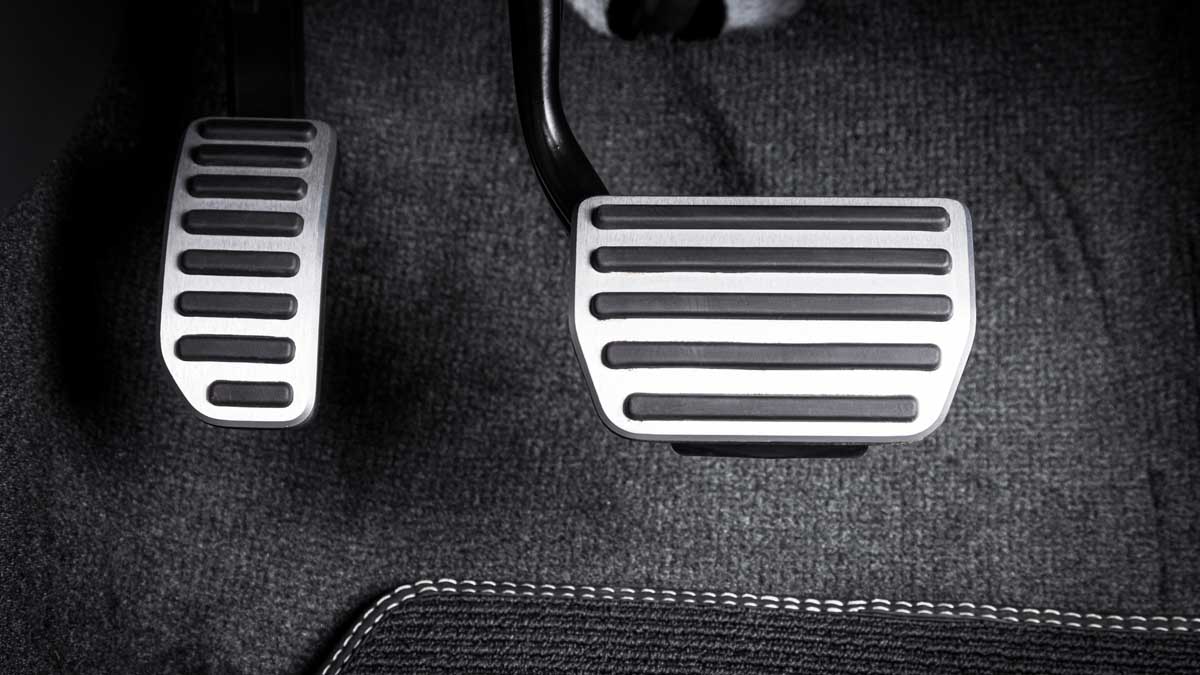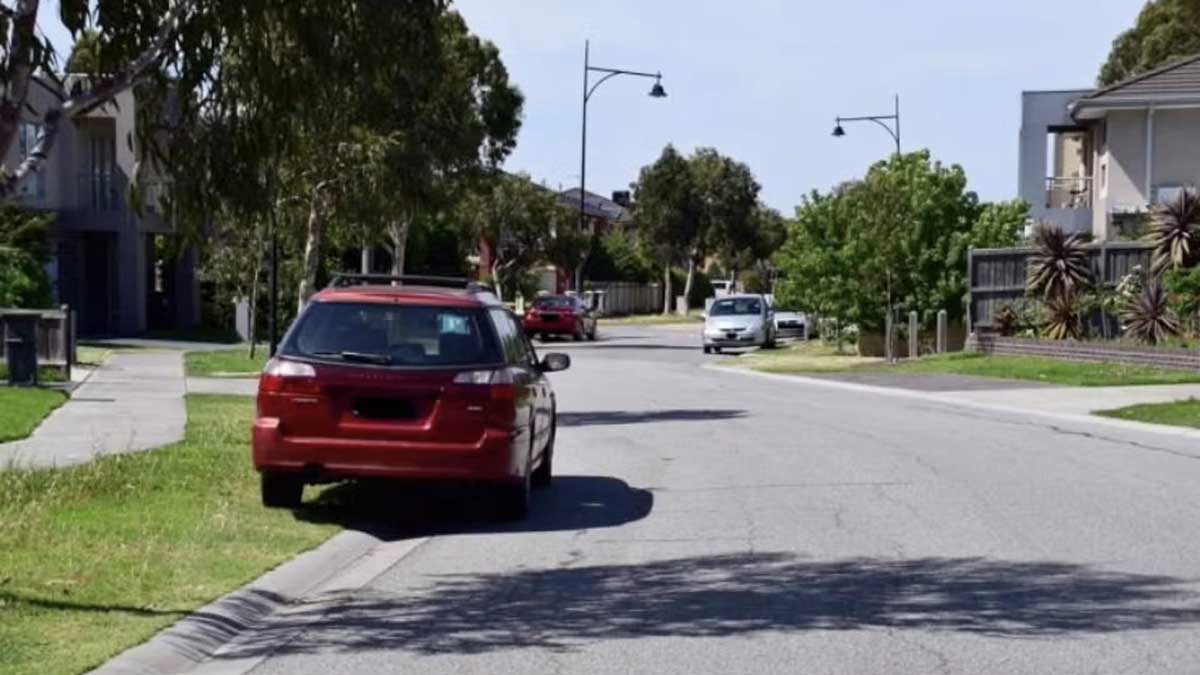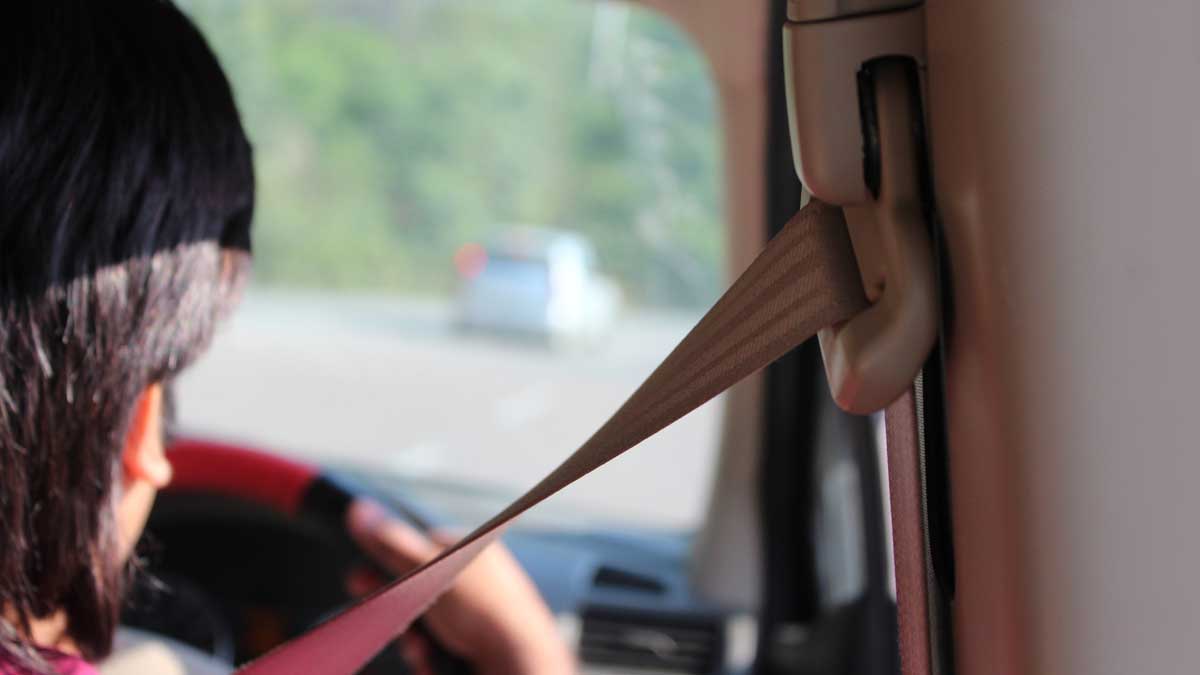Road rules differ across each state of Australia and a road trip or a visit to another state can make you realise that you may not know key information. Driving in different states can present new situations and challenges, and it’s important to follow the specific rules of whichever state you’re driving in to avoid accidents and penalties. Below are some of the road rules specific to Victoria.
Speed Limits:
In Victoria, the default speed limit on country roads and roads outside of built-up areas is 100 km/h. In built-up areas, as well as rural and other metropolitan towns, the speed limit is generally 50 km/h, unless otherwise signed. Shopping strips and school zones are reduced speed areas aimed at keeping pedestrians safe, and speed limits of 40km/h apply. Drivers caught speeding in Victoria are subject to penalties such as fines, demerit points or, in the case of excessive speeding, licence suspension or cancellation.
Mobile Phone Use:
It is illegal to use a mobile phone, or other devices like a Smartwatch, while driving. Fully licenced drivers in Victoria (not Learners, P1 and P2 drivers) may use their phone to make or receive a phone call, to use GPS or to use audio/music functions. This is only legal if the driver is not touching any part of the phone, the phone is not resting on any part of the driver’s body, and the phone is secured in a commercially designed holder fixed to the vehicle.
Seatbelts:
All passengers in a vehicle must wear seat belts or use approved child restraints that are properly adjusted and fastened. This includes passengers in the front and back seats of the vehicle. Penalties for breaking this rule can include fines and demerit points.
U-Turns:
It is legal to make U-turns in Victoria as long as they are made safely and not prohibited by any traffic signs or signals. Always give way to all other vehicles and pedestrians when performing a U-turn. U-turns can be prohibited or restricted for safety reasons in certain areas, such as near schools, hospitals, or other sensitive locations.
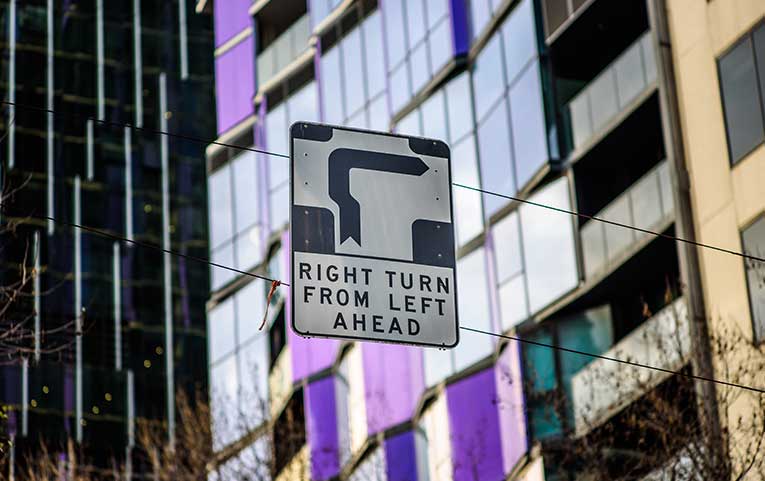
Hook Turns:
A hook turn is a specific type of turn that is commonly used by drivers in Victoria, particularly in the city of Melbourne. These turns must be performed at intersections that have a ‘Right Turn from Left Only’ sign.
Roundabouts:
Vehicles already in a roundabout have right of way over vehicles approaching it. If a driver is travelling straight through a roundabout, there is no need to indicate. However, if turning left or right, the driver needs to indicate.
Lane Filtering:
Lane filtering refers to riding a motorcycle or scooter between lanes of slow-moving or stationary traffic. It is legal to lane filter in Victoria unless otherwise signed, and as long as it is done safely with motorcycle or scooter drivers not exceeding 30km/h.
Lane Splitting:
Lane splitting occurs when motorcycles travel at high speeds between moving traffic. This is illegal in Victoria and should be avoided.
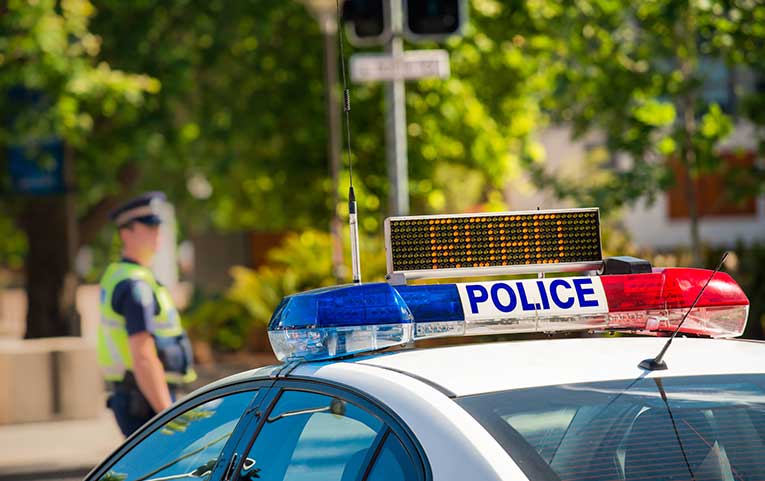
Alcohol Limits:
The legal blood alcohol concentration (BAC) for drivers is under 0.05% – meaning that in every 100ml of blood there is less than 0.05g of alcohol. However, for Learner, P plate drivers and certain other drivers, there is a zero-blood alcohol limit. Keep in mind that Victoria Police carry out random roadside breath testing, and drivers are legally obliged to stop and provide a breath or blood sample if requested by the police.
What Happens If You Were Following the Road Rules But Someone Hits Your Car?
Despite following Victorian Road Rules, accidents can still happen. If you’ve had a car accident and you’re not at fault, Right2Drive may be able to assist you with a no cost accident replacement car for the duration of your repairs.
Simply apply now or get in touch with one of our staff on 1300 100 121.


